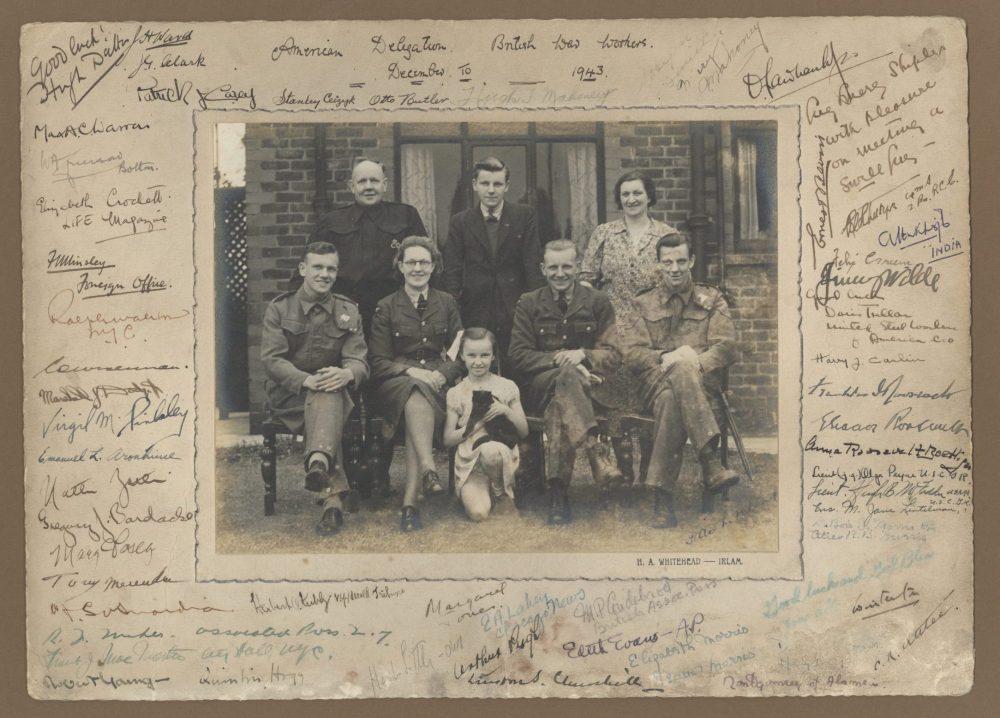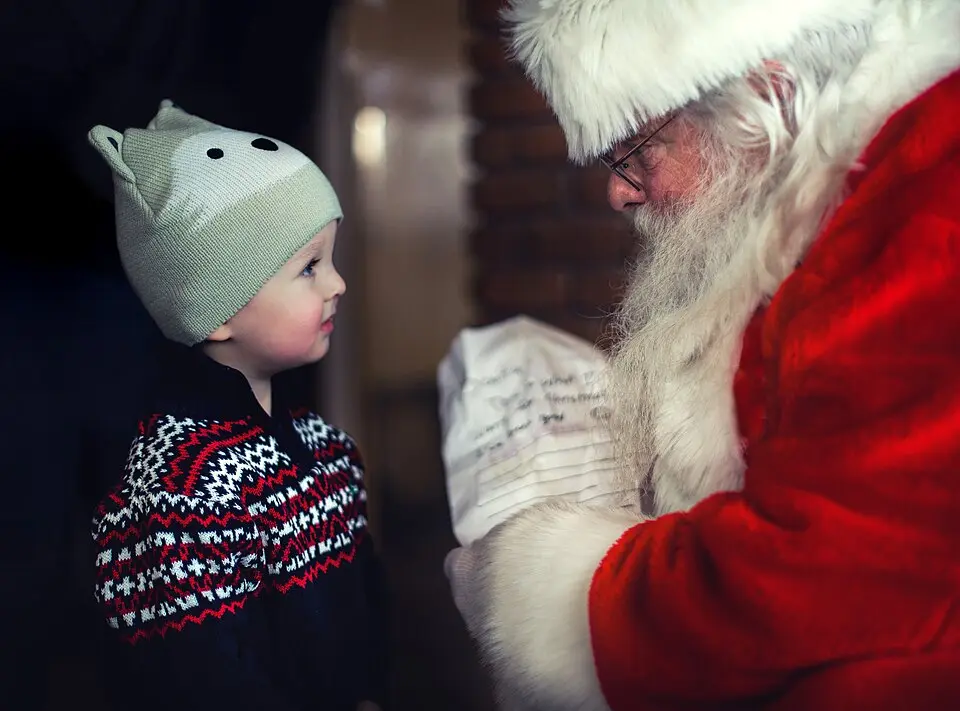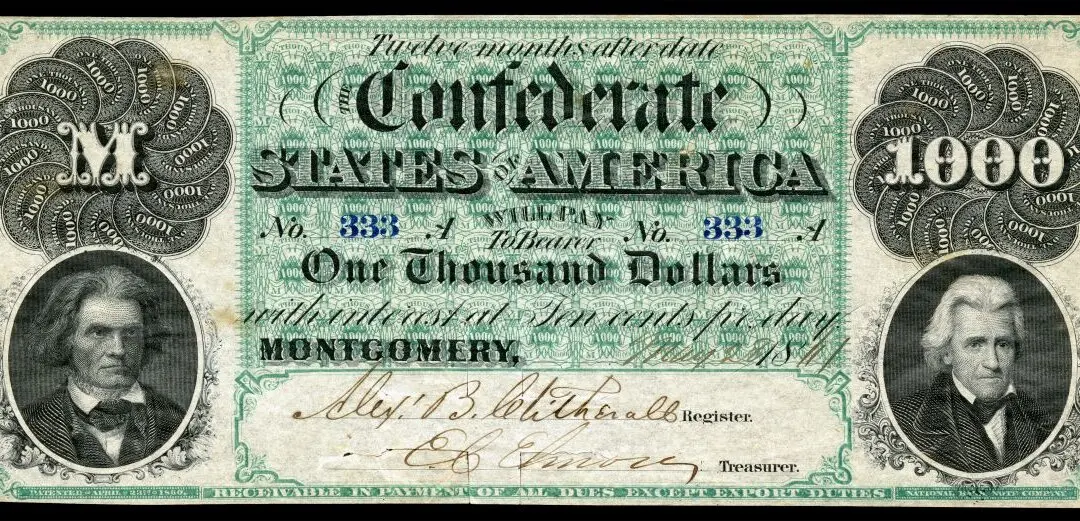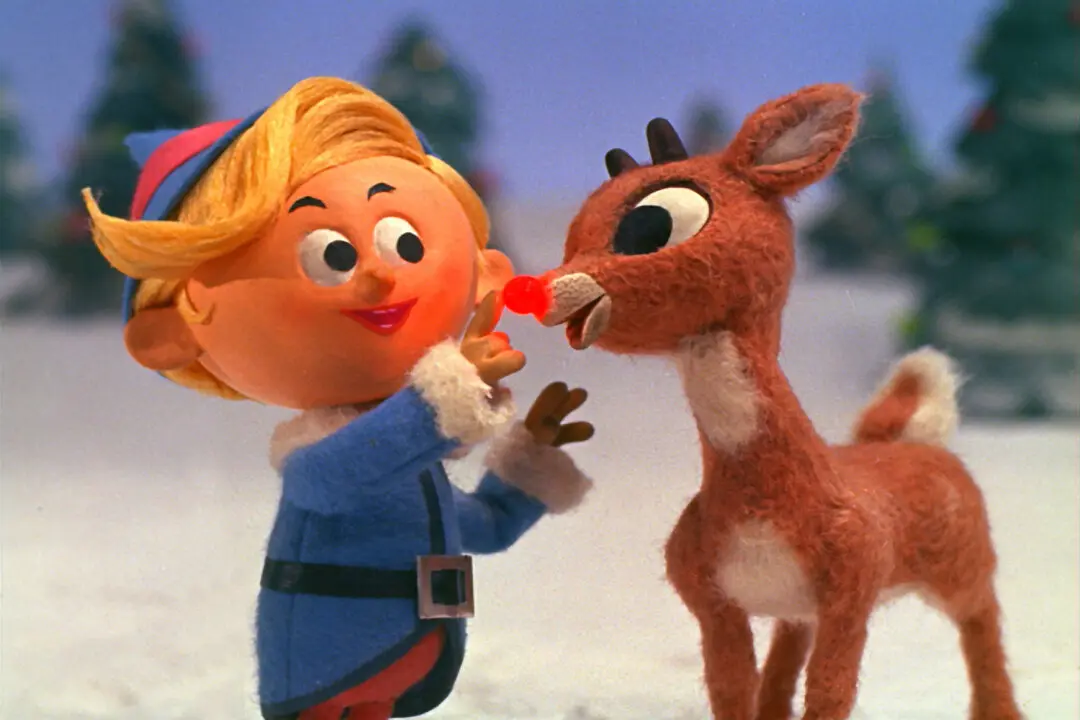Significant moments in history are often misremembered, even forgotten. Artifacts may be misplaced or discarded. For people like Nathan Raab, the misplaced and forgotten are his métier.
Raab is a principal at The Raab Collection, a Pennsylvania-based business that specializes in discovery, purchase, and selling of rare historical documents and artifacts. Those pieces have ranged from George Washington’s presidential address to Theodore Roosevelt’s “Speak Softly and Carry a Big Stick” letter to Stephen Hawking’s first signed publishing contract.






